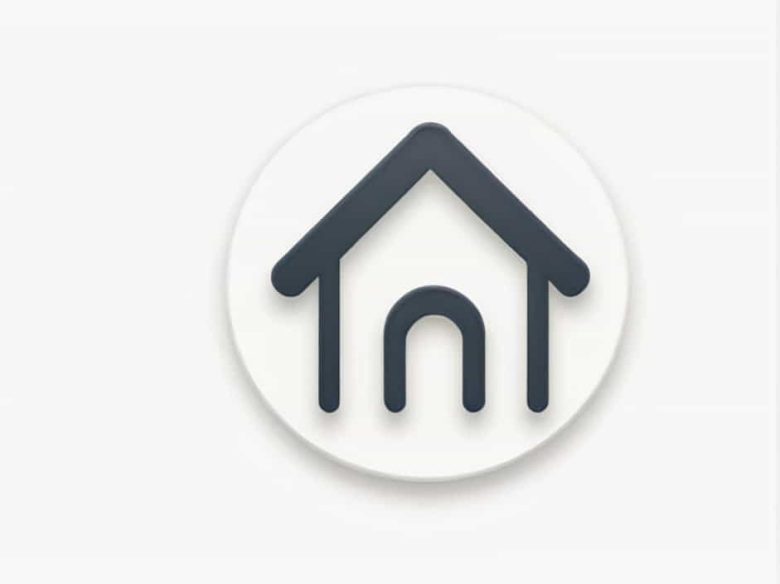Many homebuyers and real estate investors assume that when the Federal Reserve cuts interest rates mortgage rates will automatically decrease. However this is not always the case. In fact mortgage rates are influenced by several factors including inflation economic growth and the bond market.
In this topic we will explore how the Fed’s rate cuts affect mortgage rates why mortgage rates may not decline immediately and what homebuyers can expect in the near future.
The Relationship Between Fed Rates and Mortgage Rates
Does the Fed Directly Control Mortgage Rates?
The Federal Reserve sets the federal funds rate which affects short-term borrowing costs including credit cards auto loans and home equity lines of credit. However mortgage rates are primarily influenced by the 10-year Treasury bond yield rather than the Fed’s rate itself.
When investors expect inflation to remain high or the economy to grow strongly Treasury yields rise leading to higher mortgage rates. This explains why despite the Fed signaling rate cuts in 2024 mortgage rates have remained above 7% instead of dropping significantly.
Why Haven’t Mortgage Rates Dropped After the Fed’s Cuts?
Even though the Fed has started cutting rates several factors have kept mortgage rates high:
- Persistent Inflation: Inflation remains a major concern. If inflation does not decrease quickly investors demand higher returns on bonds leading to higher mortgage rates.
- Strong Economy: The U.S. economy continues to show strength with job growth and consumer spending remaining robust. This gives the Fed less urgency to cut rates aggressively keeping mortgage rates elevated.
- Investor Expectations: The bond market anticipates only a few small rate cuts in 2024 which means mortgage rates may not decline significantly in the short term.
Where Are Mortgage Rates Headed?
While mortgage rates could see slight declines in the coming months experts predict they are unlikely to return to the record lows of 2-3% seen during the pandemic. Instead the new normal may settle between 6-7% depending on inflation trends and the Fed’s future actions.
Freddie Mac’s Chief Economist Sam Khater expects rates to decline modestly but warns that they will remain higher than recent years. The Fed is expected to make only two more rate cuts this year which may keep bond yields high preventing a significant drop in mortgage rates.
How High Mortgage Rates Impact Homebuyers
Affordability Challenges
Higher mortgage rates mean higher monthly payments making homeownership more expensive. The median home price has increased by 50% over the past five years adding further challenges for buyers.
Slower Housing Market
Real estate activity has slowed as higher mortgage rates discourage both buyers and sellers. 2024 is on track to have the fewest existing home sales since 1995 according to recent data.
Tips for Homebuyers in a High-Rate Environment
- Shop Around for Lenders: Different lenders offer different mortgage rates so comparing multiple options can help secure a lower rate.
- Consider Adjustable-Rate Mortgages (ARMs): If long-term fixed rates are too high an ARM with a lower initial rate might be a better option.
- Expand Your Search: Exploring different neighborhoods or cities can help find more affordable housing options.
- Improve Your Credit Score: A higher credit score can qualify you for better mortgage rates.
While the Federal Reserve’s rate cuts can influence mortgage rates they do not guarantee an immediate or significant drop. Other factors such as inflation economic strength and bond yields play a crucial role in determining mortgage rates.
For now experts suggest that mortgage rates may decline slightly but are unlikely to return to pandemic-era lows. Homebuyers should prepare for rates in the 6-7% range and use strategies like lender comparisons and flexible loan options to navigate the current market【50】.



